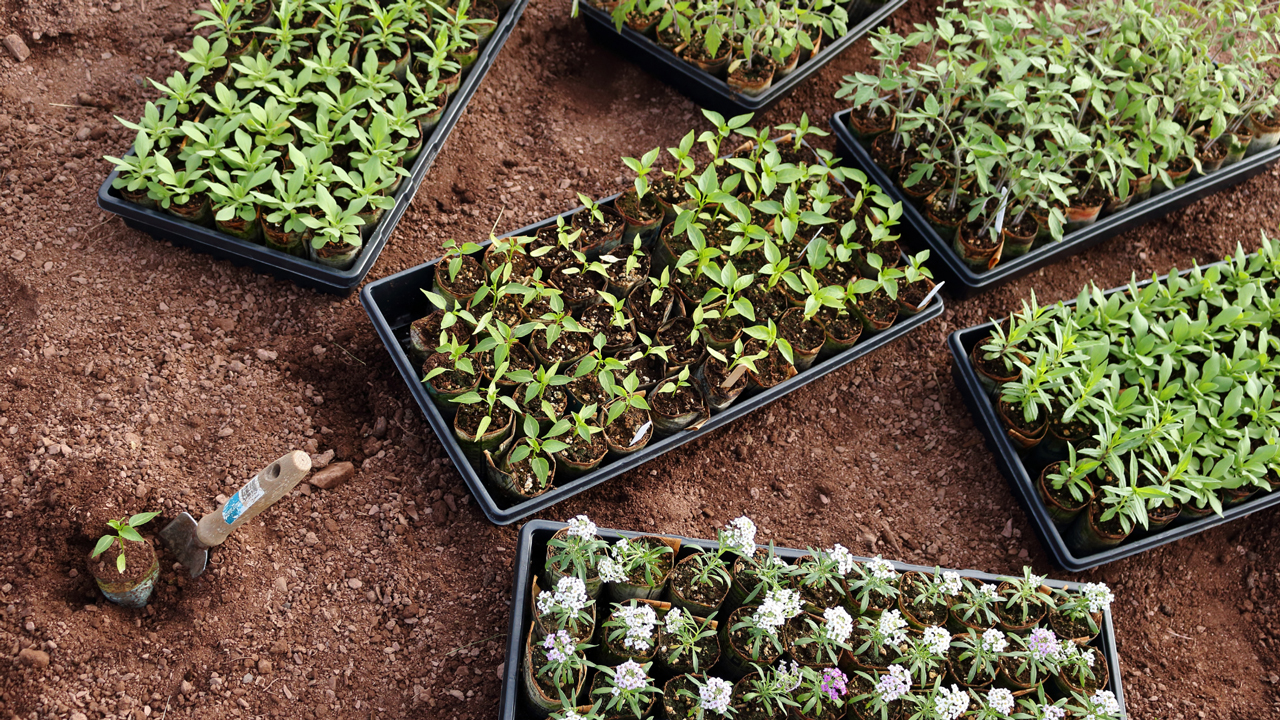
There is a growing demand for green products and services from every industry and homeowner, and the best way to design an interesting, flowing, and harmonious landscape is to collaborate with experienced hardscape contractors.
The same applies to landscaping in particular. Creating an outdoor design that incorporates softscape elements as well as sustainable hardscape components creates an aesthetic that's both attractive and healthy.
It is important to take both short-term as well as long-term goals into account when designing a landscape. It is generally understood that landscaping costs a lot of money as well as harms the environment, but this should not be the case. Besides being beautiful, balanced, and inviting—your landscape should be environmentally friendly and sustainable as well.
It's a good idea to first explain what hardscapes are, especially for those who are unfamiliar with landscape design. An element of your landscaping that is non-organic is considered a hardscape. Aside from your plants, it's everything else. In addition, ponds, walkwaysResidential walkways are pathways that connect different areas of a property, such as entrances, gar..., deck space, porches, and many other features are also included.
Moreover, it is important to understand why eco-friendly materials are necessary to build a hardscape. In a nutshell, this means you're taking good care of the environment and going green. By using zero or far less toxic materials, you're also protecting the surrounding plants, animals, and water supply.
Permeable paversPermeable pavers are a specialized type of paving material designed to allow water to pass through t... provide a solid surface that can handle vehicles and people while allowing for natural drainage. They can be used on drivewaysA residential driveway is a private road that provides access to a home or garage. Driveways are typ..., patiosPatios are outdoor spaces adjacent to a home, typically used for dining, entertaining, or relaxation..., sidewalks, as well as garden pathsGarden paths are walkways within a garden that guide visitors through the landscape, connecting diff.... There are pavers designed specifically to drain water straight through, or you can allow water to flow through standard pavers by allotting a couple of inches between each one.
Hardscapes include a significant number of pavers. The best eco-friendly option is one that allows water to pass through, whether it is used as a walking stone, paver driveway, or for aesthetic purposes. The heat island effect can even be mitigated with pavers.
Material that is sustainable is one that is made in a way that is not harmful to the environment, regardless of how it is produced. Sustainable hardscapes differ from each other. The use of some materials in the landscape can be sustainable even if they aren't durable for production. ConcreteConcrete is a composite material made from a mixture of cement, sand, gravel, and water. It is one o... recycled from demolition can be used as permeable asphalt.
Your hardscapes would be most eco-friendly if you used woodWood is a natural, organic material derived from trees, commonly used in landscaping and constructio... as a material and non-toxic chemicals can be used to stain and treat it, which makes it an environmentally friendly material. This material can also be used for another hardscape installation or processed as composite material when it rots or is replaced. It's also highly recyclable since it is biodegradable and compostable.
Reduce the number of lights in your hardscape to make a significant impact. It's smart to buy a solar-powered version of lighting rather than spend more money. The lights will generate energy during the day and become illuminated at night.
In addition, insects are attracted to garden lights at night—and our insect population suffers from those numbers that add up fast, which is detrimental to global ecosystem health and pollination. Consider installing motion-sensor lights in your yard or replacing your bulbsBulbs are underground storage organs that store nutrients for plants, enabling them to survive adver... with yellow LEDs if you want to reduce the impact of your hardscape on the ecosystem.
It's pretty cool to have retaining walls as part of your hardscape, and there are plenty of reasons why. You can make a bold statement in your yard by adding an element of structure and architecture. Also, they eliminate runoff from your yard by raising sloped parts to make them flat. This allows the water to penetrate your lawn and nourish your plants.
Herbs and flowers can be grown easily here in planters and containers. This area provides you with a place to grow more plants while also enhancing the appearance of your property. Consider how long your wall will last before deciding what material to use, and whether or not the materials leach toxic materials into the ground.
Investing in sustainable hardscapingHardscaping refers to the non-living elements of landscaping, such as stone, brick, concrete, wood, ... on patios is a great idea. BambooBamboo is a fast-growing, sustainable material often used in landscaping for fencing, decking, and g... and untreated, sustainable woods can be used for your patio's construction. The eco-friendly pavers we discussed previously would be a great option for a stone patio.
It is also wise to invest in products that will last for years to come—in addition to natural and recycled materials. Choosing furniture and decorations that are made from sustainable materials is important when decorating your patio.
You can achieve a clean, modern look by using recyclable plastic or sustainably harvested wood products. In addition to saving money, buying second-hand patio furniture reduces the need for new materials.
For sustainable hardscape construction, choose these sustainable materials for your next landscaping project. Logistical issues, planning, manpower, and time can be involved in sourcing and utilizing them for construction.
We can help you design an environmentally-friendly landscape with our hardscape contractors who are experienced in sustainable landscapingSustainable landscaping is the practice of designing and maintaining outdoor spaces in a way that co.... Construction of your green hardscape will be carried out with efficient work and with expert care by our team.
To learn more about building an eco-friendly backyard, email us at Info@westhillsmasonry.com or contact us at 714-519-5009 at West Hills Masonry today!
 Carlos Gonzales
Carlos GonzalesLocations We Serve
Schedule A Consultation